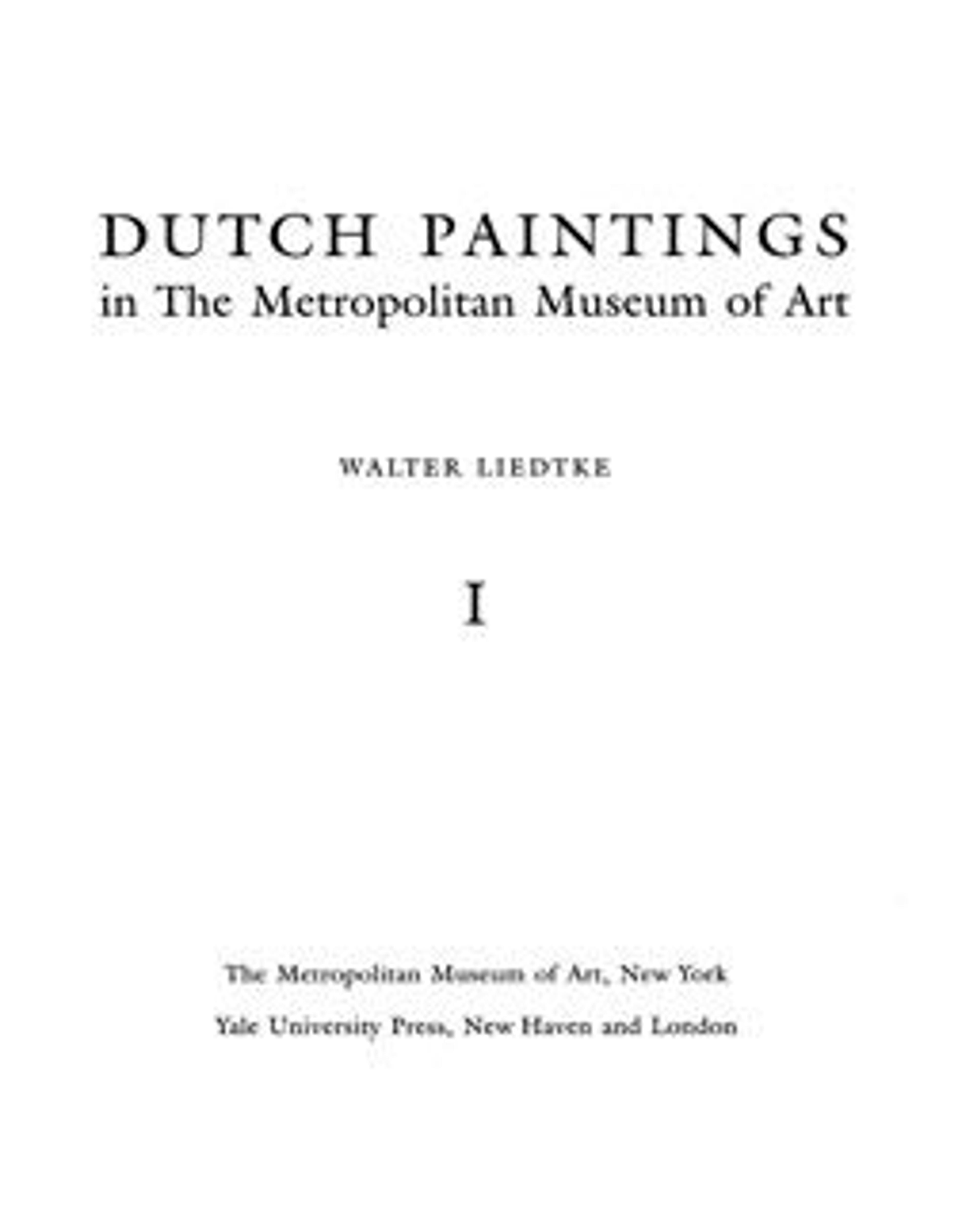The Farrier
Van der Neer’s preoccupation with light effects in nature led him to paint dozens of nocturnal views. In this case the warm light of a forge and a bonfire set off the cool glow and reflections of the moon. Recent conservation treatment has revealed the buttery yellow of the moon and the bright orange glow of the forge.
Artwork Details
- Title: The Farrier
- Artist: Aert van der Neer (Dutch, Gorinchem 1603/4–1677 Amsterdam)
- Date: early or mid-1650s
- Medium: Oil on wood
- Dimensions: 19 x 24 1/8 in. (48.3 x 61.3 cm)
- Classification: Paintings
- Credit Line: Purchase, 1871
- Object Number: 71.60
- Curatorial Department: European Paintings
More Artwork
Research Resources
The Met provides unparalleled resources for research and welcomes an international community of students and scholars. The Met's Open Access API is where creators and researchers can connect to the The Met collection. Open Access data and public domain images are available for unrestricted commercial and noncommercial use without permission or fee.
To request images under copyright and other restrictions, please use this Image Request form.
Feedback
We continue to research and examine historical and cultural context for objects in The Met collection. If you have comments or questions about this object record, please complete and submit this form. The Museum looks forward to receiving your comments.
